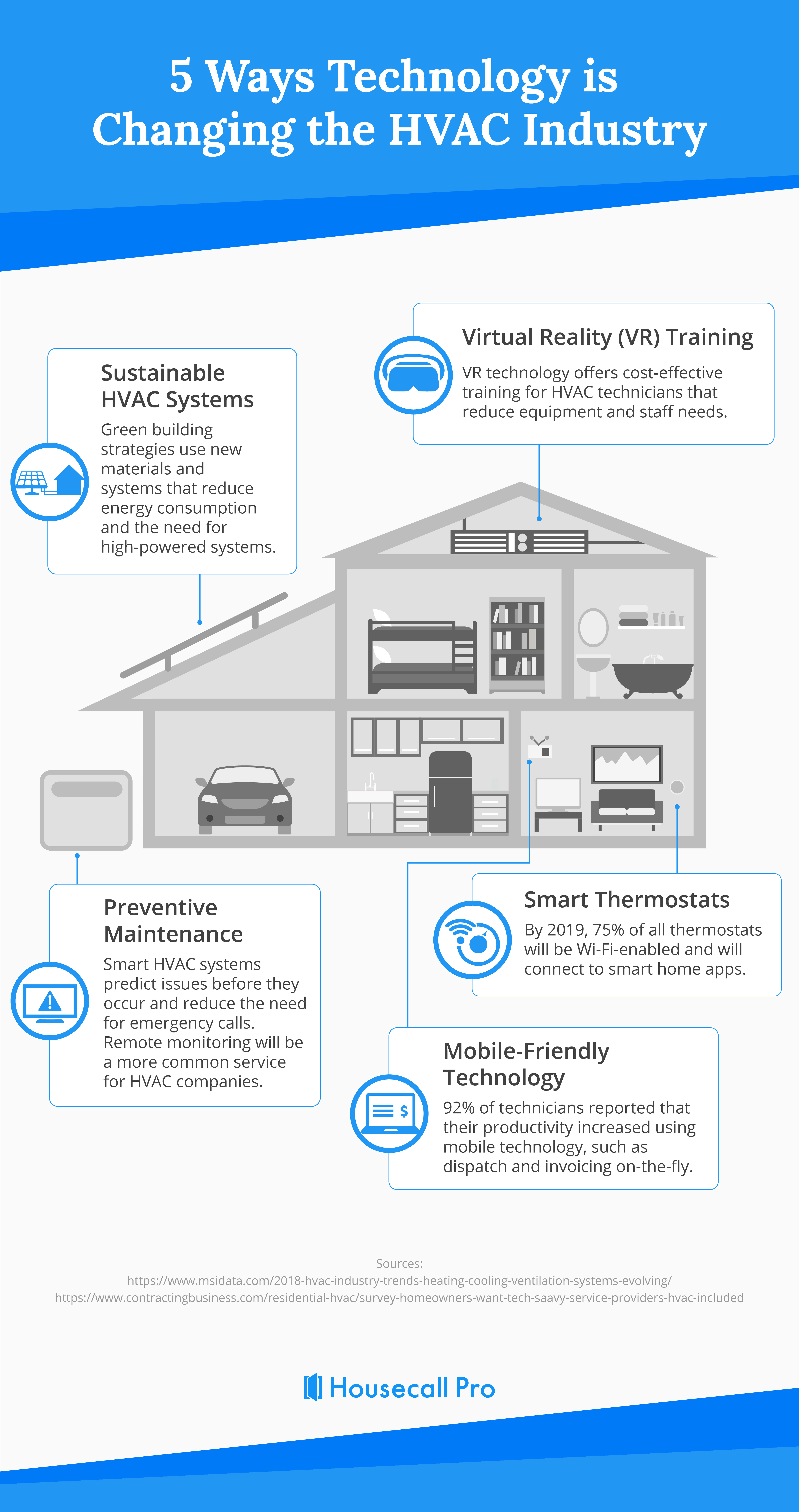Imagine living in a world where your HVAC system not only kept your home at the perfect temperature, but also helped reduce your energy consumption and improve indoor air quality. Thanks to the latest technological innovations in HVAC systems, this could soon become a reality. From smart thermostats that learn your preferences to advanced sensors that monitor air quality, these advancements are revolutionizing the way we heat and cool our homes. In this article, we will explore some of the latest technologies that are shaping the future of HVAC systems and how they can benefit you. Whether you’re a homeowner looking to upgrade your system or simply curious about the future of climate control, this article will provide you with valuable insights into the exciting world of technological innovations in HVAC systems.
Energy Efficiency
Smart thermostats
Smart thermostats are a revolutionary innovation in the HVAC industry that can significantly contribute to energy efficiency in your home or commercial building. These intelligent devices allow you to control and monitor your HVAC system remotely, giving you the power to adjust temperature settings even when you’re not at home. Smart thermostats use advanced algorithms and sensors to learn your preferences and automatically adjust Heating and cooling temperatures to optimize energy usage. By intelligently adapting to your schedule and lifestyle, smart thermostats can help you save money on your energy bills while ensuring a comfortable indoor environment.
Variable refrigerant flow systems
Variable refrigerant flow (VRF) systems take energy efficiency to the next level by providing precise temperature control for individual zones or rooms. Unlike traditional HVAC systems that operate at a fixed capacity, VRF systems use advanced technology to vary the flow of refrigerant to different areas. By adjusting the refrigerant flow according to the specific cooling or heating requirements of each zone, VRF systems eliminate energy wastage and provide personalized comfort. These systems also feature advanced heat recovery capabilities, allowing excess heat from one space to be used in heating another, further Maximizing Energy Efficiency.
High-efficiency air conditioners
High-efficiency air conditioners are designed to consume less energy while providing exceptional cooling performance. These units utilize advanced compressor technology, improved heat exchangers, and intelligent controls to optimize energy consumption without compromising on cooling capacity. With higher Seasonal Energy Efficiency Ratio (SEER) ratings, high-efficiency air conditioners can significantly reduce your energy bills and lower your carbon footprint. By investing in these energy-saving systems, you can enjoy a comfortable indoor environment while contributing to a greener, more sustainable future.
Geothermal HVAC systems
Geothermal HVAC systems harness the earth’s natural heat to provide efficient heating and cooling for residential and commercial buildings. These systems utilize underground pipes, known as geothermal loops, to exchange heat with the earth. In cold weather, the system extracts heat from the ground and distributes it indoors, while in hot weather, it removes heat from the building and transfers it back into the ground. Geothermal HVAC systems are extremely energy efficient because the earth’s temperature remains relatively constant, allowing the system to provide consistent heating and cooling all year round. Additionally, geothermal systems produce no greenhouse gas emissions, making them environmentally friendly and sustainable.
Indoor Air Quality
Air purifiers
Air purifiers are essential for maintaining healthy indoor air quality by eliminating various pollutants and allergens. These devices use filters, such as HEPA filters, to trap and remove fine particles, including dust, pollen, pet dander, and mold spores. Some advanced air purifiers also feature activated carbon filters to remove odors and volatile organic compounds (VOCs) from the air. By improving indoor air quality, air purifiers promote a cleaner and healthier environment, particularly for individuals with respiratory conditions or allergies.
UV germicidal lights
UV germicidal lights are a powerful tool for sterilizing the air and eliminating harmful bacteria, viruses, and mold spores. These lights emit short-wavelength ultraviolet radiation that damages the DNA of microorganisms, rendering them inactive and unable to reproduce. By incorporating UV germicidal lights into your HVAC system, you can significantly reduce the risk of airborne illnesses and maintain a safer and healthier indoor environment. It is important to note that UV germicidal lights should be installed and operated safely to prevent direct exposure to skin and eyes.
Energy recovery ventilators
Energy recovery ventilators (ERVs) are innovative systems that improve indoor air quality while also conserving energy. These devices use a heat exchanger to transfer heat and humidity between the incoming fresh air and the outgoing indoor air. During the cooling season, ERVs transfer the coolness from the outgoing air to the incoming air, reducing the strain on your air conditioning system. In the heating season, the ERV transfers heat from the outgoing air to the incoming air, reducing the workload on your heating system. By recovering energy and maintaining a balanced indoor climate, ERVs help you save on energy costs while providing fresh and filtered air.
Duct cleaning technology
Duct cleaning technology plays a vital role in enhancing indoor air quality by removing accumulated dust, debris, and contaminants from your HVAC system’s ductwork. Over time, ducts can become breeding grounds for mold, bacteria, and allergens, negatively impacting the air you breathe. Professional duct cleaning services utilize advanced equipment, such as high-powered vacuums and rotating brushes, to thoroughly clean the ductwork and remove the built-up pollutants. Regular duct cleaning not only improves air quality but also helps your HVAC system function more efficiently, reducing energy consumption and prolonging its lifespan.
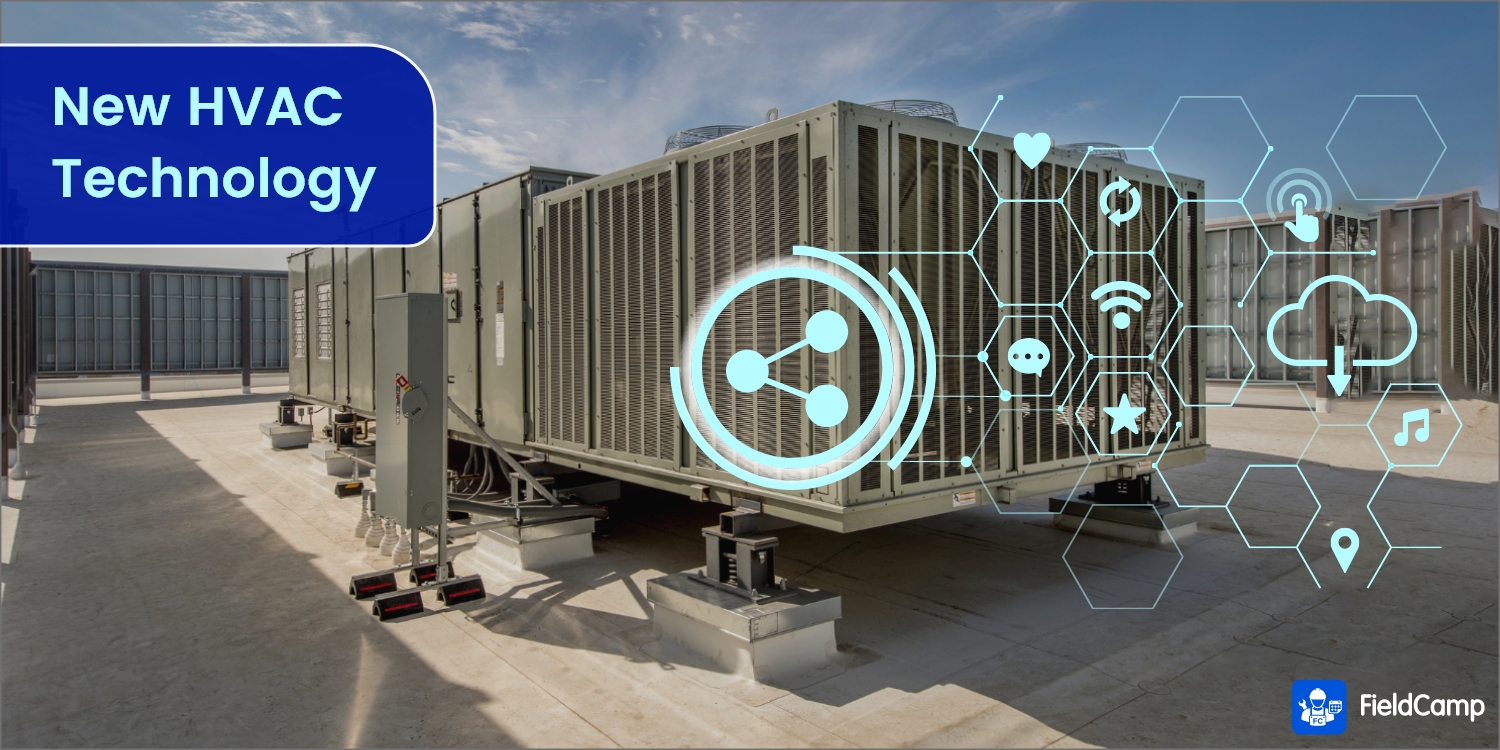
This image is property of www.fieldcamp.com.
Smart HVAC
Internet of Things (IoT) integration
Internet of Things (IoT) integration has revolutionized the way we interact with HVAC systems, making them smarter and more intuitive. By connecting your HVAC system to the internet, you gain the ability to remotely control and monitor its settings using a smartphone or computer. IoT integration enables features such as scheduling, energy usage monitoring, and even voice control through virtual assistants like Alexa or Google Home. With IoT integration, you have the power to optimize energy usage, maintain comfort levels, and receive notifications or alerts about system performance or maintenance requirements, all from the convenience of your fingertips.
Smart sensors and controls
Smart sensors and controls are key components of a smart HVAC system, providing real-time data and enabling seamless automation. These sensors can monitor factors such as temperature, humidity, occupancy, and air quality, allowing the HVAC system to make intelligent adjustments based on the current conditions. For example, if no one is present in a room, the HVAC system can automatically adjust the temperature to save energy. Smart controls enable precise zoning, where different areas can have individual temperature settings, further optimizing energy usage and comfort. By leveraging smart sensors and controls, you can enhance the efficiency of your HVAC system and enjoy personalized comfort in every part of your home or building.
Remote monitoring and control
Remote monitoring and control of HVAC systems offer convenience and peace of mind by allowing you to keep tabs on your system’s performance even when you’re away. Whether you’re at work, on vacation, or simply in another part of the house, remote access enables you to monitor temperature settings, energy usage, and system diagnostics through a smartphone or computer. If any issues arise or if adjustments are needed, you can make immediate changes or contact a professional for assistance. Remote monitoring and control empower you to maintain optimal comfort and energy efficiency, ensuring that your HVAC system meets your needs at all times.
Predictive maintenance
Predictive maintenance combines IoT technology and advanced analytics to optimize the performance and lifespan of HVAC systems. By continuously monitoring various system parameters, such as temperature, pressure, and energy consumption, predictive maintenance algorithms can detect potential issues before they escalate into significant problems. This proactive approach allows for timely maintenance or repairs, preventing costly breakdowns and minimizing downtime. Predictive maintenance can also provide valuable insights into energy usage patterns, allowing you to identify opportunities for further efficiency improvements. With predictive maintenance, you can maximize the longevity and reliability of your HVAC system while minimizing maintenance costs and disruptions.
Renewable Energy Integration
Solar-powered HVAC systems
Solar-powered HVAC systems harness the sun’s energy to provide heating, cooling, and ventilation for your home or building. These systems utilize solar panels to capture the sun’s rays and convert them into electricity, which can then power the HVAC system. Solar-powered HVAC systems are not only environmentally friendly but also offer long-term cost savings by reducing reliance on traditional energy sources. By integrating renewable solar energy into your HVAC system, you can enjoy comfortable indoor conditions while reducing your carbon footprint and contributing to a sustainable future.
Wind-powered HVAC systems
Wind-powered HVAC systems utilize wind turbines to generate electricity and power the HVAC equipment. By harnessing the natural power of wind, these systems eliminate the need for traditional energy sources and reduce dependence on the electrical grid. Wind-powered HVAC systems are particularly beneficial in windy regions or areas with access to open spaces where wind turbines can be installed. With wind-powered HVAC, you can take advantage of renewable energy sources, reduce your energy costs, and promote clean energy production.
Hybrid HVAC systems
Hybrid HVAC systems combine multiple renewable energy sources, such as solar and geothermal, with traditional energy sources to ensure optimal and efficient operation. These systems intelligently switch between energy sources based on availability, demand, and efficiency considerations. For example, a hybrid HVAC system may use solar power during the day and geothermal energy during the night to meet heating and cooling needs. By utilizing a combination of renewable and conventional energy sources, hybrid HVAC systems provide a balance between sustainability, reliability, and cost-effectiveness.
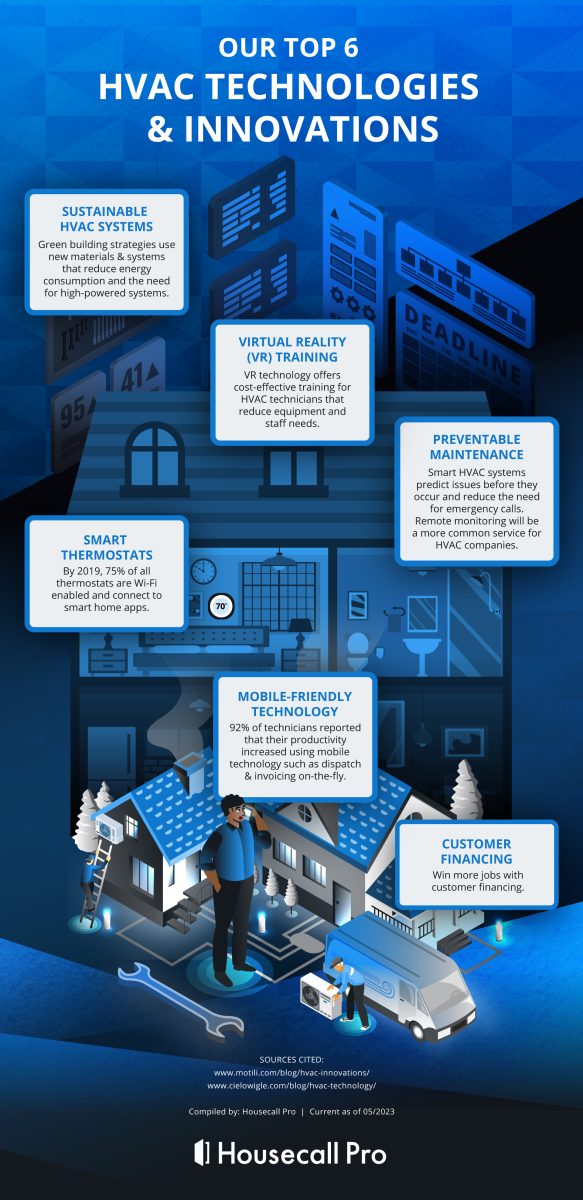
This image is property of www.housecallpro.com.
Heat Recovery
Heat pumps with heat recovery
Heat recovery systems in heat pumps allow for simultaneous heating and cooling in different zones or rooms within a building. These systems use advanced heat exchangers to transfer heat from areas that require cooling to those that require heating. By capturing and recycling waste heat, heat recovery systems improve energy efficiency and reduce overall energy consumption. This technology is particularly useful in buildings with varying temperature needs, such as offices or hotels, where different zones may require simultaneous heating and cooling.
Thermal energy storage systems
Thermal energy storage systems enable the efficient storage of excess heat or cold generated by HVAC systems during off-peak periods. These systems store thermal energy in specially designed materials, such as phase change materials or chilled water tanks, and release it when needed to supplement cooling or heating requirements. By utilizing thermal energy storage, HVAC systems can operate during periods of lower energy demand, reducing reliance on peak-time energy consumption. Thermal energy storage systems enable better energy management and contribute to cost savings while ensuring consistent comfort levels.
Efficient Controls
Demand-controlled ventilation
Demand-controlled ventilation (DCV) systems optimize indoor air quality while minimizing energy waste by adjusting the ventilation rate based on occupancy and air quality. These systems utilize sensors to measure factors such as carbon dioxide levels or occupancy in a space and modulate the amount of outside air supplied accordingly. By delivering fresh air when and where it is needed, DCV systems reduce unnecessary ventilation and associated energy loss. By implementing DCV, you can optimize indoor air quality, promote energy efficiency, and create a healthier and more comfortable environment.
Building automation systems
Building automation systems (BAS) integrate various HVAC and building control functions into a centralized system, providing enhanced efficiency, control, and monitoring capabilities. BAS utilize advanced software and sensors to collect data from different systems, such as HVAC, lighting, and security, and make intelligent decisions based on predefined parameters. With building automation, you can streamline and optimize building operations, schedule HVAC settings, monitor energy usage, and receive alerts or notifications about system performance. BAS enable comprehensive control and automation, ensuring energy efficiency and comfort while simplifying facility management.
Zone control systems
Zone control systems allow for personalized temperature settings in different zones or rooms of a building, providing optimal comfort and energy efficiency. These systems utilize dampers or valves to control the flow of conditioned air, allowing independent temperature control in each zone. By segregating spaces based on heating and cooling needs, zone control systems prevent unnecessary energy consumption in unoccupied or less frequently used areas. With zone control, you can target specific temperature requirements, reduce energy waste, and customize comfort levels according to individual preferences.
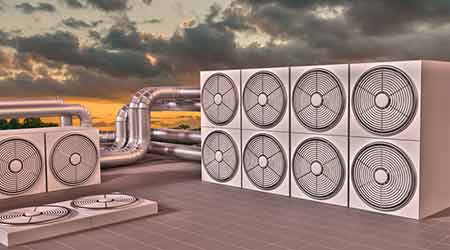
This image is property of www.facilitiesnet.com.
Smart Air Distribution
Ductless mini-split systems
Ductless mini-split systems offer a flexible and energy-efficient alternative to traditional ducted HVAC systems. These systems consist of an outdoor unit and one or more indoor units, allowing for zone-specific temperature control without the need for ductwork. Ductless mini-split systems utilize small refrigerant lines to connect the outdoor and indoor units, eliminating the energy loss associated with ducts. Additionally, each indoor unit can be controlled independently, enabling personalized comfort settings for different areas. Ductless mini-split systems are ideal for retrofitting older buildings, room additions, or areas with unique heating and cooling requirements.
Underfloor air distribution systems
Underfloor air distribution (UFAD) systems revolutionize HVAC by delivering conditioned air through an underfloor plenum, replacing traditional overhead ducts. These systems use raised floors with integrated air distribution panels, allowing for efficient and customizable airflow directly to the occupied zone. By supplying air at a lower level, UFAD systems take advantage of the natural buoyancy of heat, resulting in more even temperature distribution and energy savings. UFAD systems also enable individual control of airflow at the workstation level, promoting personalized comfort and reducing energy waste in unoccupied areas.
Hybrid ventilation systems
Hybrid ventilation systems combine the benefits of natural ventilation and mechanical ventilation to achieve optimal indoor air quality and energy efficiency. These systems utilize a combination of natural airflow, such as windows or vents, and mechanical ventilation when necessary. By intelligently monitoring outdoor conditions, occupancy, and air quality, hybrid ventilation systems adjust the balance between natural and mechanical ventilation to maintain comfortable and healthy indoor environments. Hybrid ventilation systems are particularly effective in moderate climates where outdoor conditions are favorable, allowing for reduced reliance on energy-consuming mechanical ventilation.
Noise Reduction
Sound-dampening technology
Sound-dampening technology plays a crucial role in reducing noise generated by HVAC systems, promoting a quieter and more peaceful indoor environment. This technology involves the use of insulation materials, vibration dampeners, and acoustic barriers to absorb or block sound waves. By minimizing noise transmission, sound-dampening technology ensures that HVAC systems operate discreetly, allowing for undisturbed conversations, work, or relaxation. Additionally, reducing noise levels can contribute to improved overall well-being and productivity.
Quieter fan blades
Quieter fan blades, also known as aerodynamically designed fan blades, are specifically engineered to generate less noise during operation. These blades feature improved blade geometry and construction materials that minimize air turbulence and reduce the noise generated by the fan. By integrating quieter fan blades into HVAC systems, noise levels can be significantly reduced without compromising on airflow or efficiency. This advancement in fan blade technology ensures a quieter and more enjoyable indoor environment, enhancing comfort and minimizing disturbances.
Vibration isolators
Vibration isolators are essential components in HVAC systems that absorb and isolate vibrations generated by mechanical equipment, such as compressors and air handlers. These isolators are typically made from rubber or neoprene and are strategically placed between the equipment and its mounting surface. By preventing the transmission of vibrations to the building structure, vibration isolators minimize the noise and disturbances caused by HVAC equipment. This helps create a quieter environment, free from the vibrations and rattling often associated with HVAC system operation.
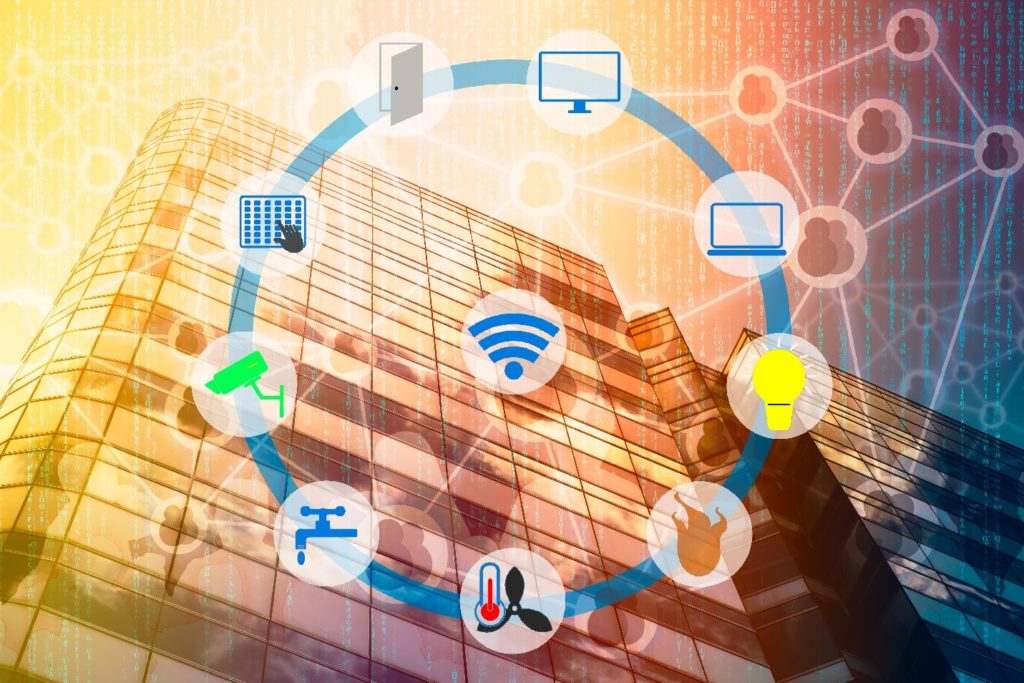
This image is property of www.cielowigle.com.
Advancements in Refrigerants
Low global warming potential (GWP) refrigerants
Low global warming potential (GWP) refrigerants are eco-friendly alternatives to traditional refrigerants that contribute to global warming. These refrigerants have a significantly lower potential to trap heat in the atmosphere, reducing their impact on climate change. Advancements in refrigerant technology have led to the development of GWP refrigerants with improved efficiency and performance, allowing for more environmentally responsible cooling and heating. By transitioning to low GWP refrigerants, HVAC systems can play a crucial role in reducing greenhouse gas emissions and preserving the environment for future generations.
Non-flammable refrigerants
Non-flammable refrigerants offer enhanced safety features compared to traditional refrigerants, which may be combustible under certain conditions. These refrigerants are designed to have minimal or no flammability, minimizing the risk of fire or explosion in HVAC systems. Non-flammable refrigerants provide peace of mind, particularly in commercial or industrial settings, where large quantities of refrigerant are used. By adopting non-flammable refrigerants, the HVAC industry can prioritize safety while ensuring efficient and reliable cooling and heating operations.
Natural refrigerants
Natural refrigerants, such as ammonia, carbon dioxide, and hydrocarbons, are gaining popularity as sustainable alternatives to synthetic refrigerants. These refrigerants occur naturally in the environment and have low global warming potential, making them environmentally friendly and energy-efficient choices. Natural refrigerants are non-toxic, non-flammable, and have excellent thermodynamic properties, allowing for effective cooling and heating. As the demand for environmentally responsible cooling solutions increases, natural refrigerants offer a promising path towards sustainable HVAC systems and a greener future.
Automation and Integration
Hazard detection systems
Hazard detection systems are advanced technologies that integrate with HVAC systems to detect and respond to potentially dangerous situations, such as gas leaks or toxic fumes. These systems utilize sensors and alarms to monitor air quality and alert occupants or trigger safety protocols when hazardous conditions are detected. By integrating hazard detection systems with HVAC, you can ensure prompt response and mitigation, safeguarding the well-being of occupants and preventing potential disasters.
Fire safety integration
Fire safety integration involves the integration of HVAC systems with fire detection and suppression systems to enhance safety and prevent the spread of fire. These integrated systems use advanced sensors to detect smoke, heat, or flames and automatically trigger appropriate responses, such as shutting down HVAC systems, activating fire dampers, or releasing fire-suppressing agents. By integrating HVAC and fire safety systems, you can enhance the overall fire safety measures in your building, protecting lives and property.
Security system integration
Security system integration combines HVAC systems with building security systems to create a comprehensive solution for maintaining safety and control. By integrating access control, surveillance, and HVAC systems, building owners and managers can remotely monitor and control various aspects of the facility. For example, HVAC systems can adjust temperature settings based on occupancy detected by the security system, ensuring maximum energy efficiency and comfort. Additionally, integration with security systems allows for central monitoring and quick response to potential security threats, optimizing safety and protection.
In conclusion, technological innovations in HVAC systems have revolutionized the way we heat, cool, and ventilate our indoor spaces. From energy-efficient solutions like Smart thermostats and high-efficiency air conditioners to advancements in indoor air quality with air purifiers and duct cleaning technology, these innovations prioritize energy efficiency and occupant comfort. The rise of smart HVAC systems, renewable energy integration, and heat recovery technologies further contribute to a sustainable and greener future. Efficient controls, smart air distribution, noise reduction features, and advancements in refrigerants ensure optimal performance, comfort, and safety. Finally, automation and integration with hazard detection, fire safety, and security systems bring seamless control and monitoring, enhancing both efficiency and security. With these technological advancements, the HVAC industry continues to evolve, providing innovative solutions that prioritize energy efficiency, indoor air quality, and occupant well-being.
This image is property of cdn.buttercms.com.
The post Technological Innovations in HVAC Systems appeared first on Diamond Air Design.


